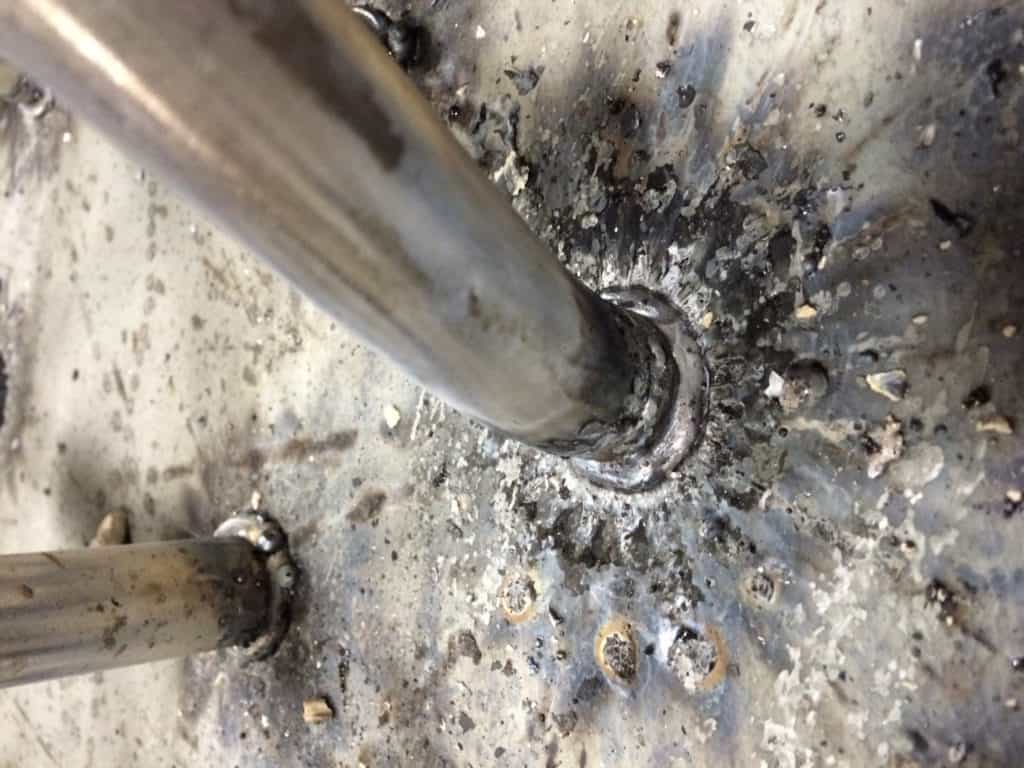Corrosion Protection of a Halifax Harbour Bridge: Challenges, Issues and Opportunities
The Angus L. Macdonald Bridge is a 1.3-kilometer-long (4,265-foot-long) cable suspension bridge that carries automotive traffic over the Halifax Harbour between Dartmouth and Halifax. There are four approach spans to the west cable bent on the Halifax end and 12 approach spans to the east cable bent on the Dartmouth end. The bridge was opened […]
Corrosion Protection of a Halifax Harbour Bridge: Challenges, Issues and Opportunities Read More »










